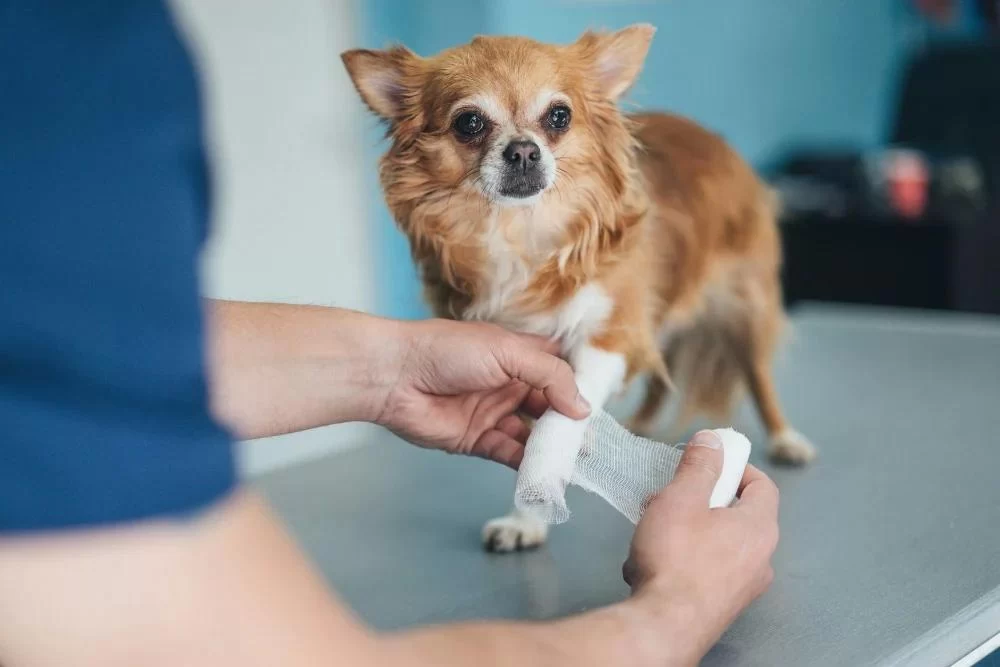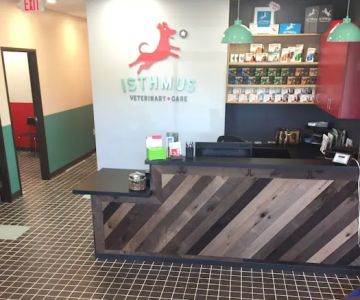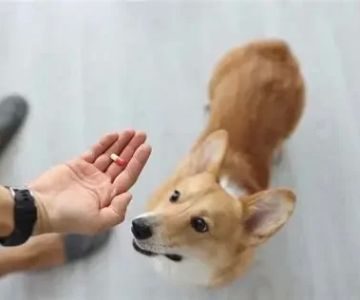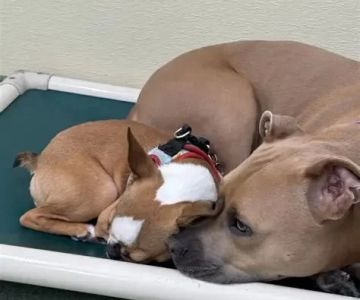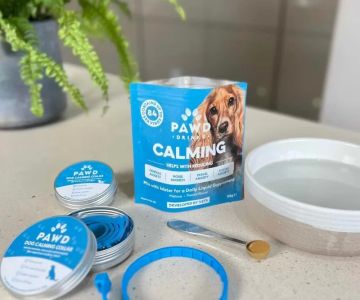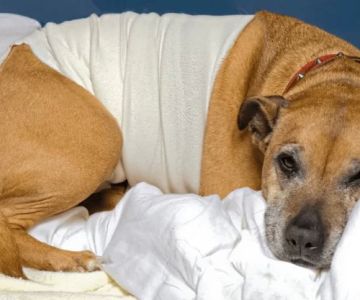Understanding Pet Injuries: A Personal Experience
As a pet owner, the thought of your furry friend getting injured can be devastating. I still remember the first time I had to deal with my dog, Max, suffering a broken leg. It was a scary moment, but over time, I learned how to handle it properly. Pets can get injured in many ways – from accidents at home to outdoor mishaps. Knowing what to do in these situations is crucial to ensuring your pet’s recovery and comfort.

980 E Northwest Hwy, Arlington Heights, IL 60004, USA
See Details1. Recognizing Signs of a Broken Bone or Injury
Recognizing that your pet is injured is the first and most important step. When Max broke his leg, he was limping badly, and I noticed him whimpering every time he tried to move. Here are some common signs of a broken bone or serious injury in pets:
- Visible limp or inability to walk
- Whining or vocalizing more than usual
- Swelling or bruising around the injured area
- Abnormal positioning of the leg or limb
- Loss of appetite or reluctance to move
If you notice any of these signs, it’s important to take action immediately. Injuries can worsen if not handled properly, and your pet’s pain can intensify as well.
2. Providing Initial First Aid
Once you’ve identified that your pet is injured, the next step is to provide first aid. Here's what I did for Max, and it worked wonders:
- First, I gently assessed his injury without causing any further discomfort. I made sure to stay calm to avoid stressing Max out more.
- If your pet is in extreme pain, avoid moving them too much. You want to limit the movement of the injured limb, so keep them as still as possible.
- If there’s any visible bleeding, apply a clean cloth or bandage to stop the bleeding. I found that a sterile gauze pad works best for this.
- While it’s tempting to try and splint the broken bone on your own, it’s best to leave that to the professionals. Moving a broken bone incorrectly can cause more damage.
- If you can, keep your pet warm and calm. Stress can exacerbate the injury, so try to keep them in a quiet, comfortable environment while you make arrangements for vet care.
3. Getting Your Pet to the Vet
Once you’ve provided initial first aid, it’s time to get your pet to the vet as quickly as possible. If you’re not sure how to transport your pet safely, here are a few tips:
- If your pet is small enough, you can place them gently in a carrier. Be sure to add soft padding to keep them comfortable.
- If your pet is large or heavy, use a blanket or a board to create a makeshift stretcher. This allows you to carry them with minimal movement.
- In some cases, you might need to consider calling an emergency vet to avoid any further complications during the journey.
4. What to Expect at the Vet
When you arrive at the vet, they will perform a thorough examination and likely take X-rays to determine the extent of the injury. I remember when Max had to undergo several X-rays before the vet confirmed his leg was fractured. Treatment can vary based on the type and severity of the injury. For a broken bone, the vet may suggest:
- Setting the bone with a cast or splint
- Surgical intervention if the break is complex or if the bone is misaligned
- Pain management with medication to help your pet recover comfortably
5. Home Care and Recovery
Once your pet has received treatment, the road to recovery begins at home. It’s important to follow your vet’s instructions carefully to ensure a smooth healing process. Here’s what I did to help Max recover:
- Keep your pet confined to a small area to limit movement. This prevents them from running around and further injuring themselves.
- Ensure your pet stays hydrated and follows a proper diet. After Max’s injury, I made sure to offer him soft foods and plenty of water.
- Follow-up vet visits are crucial. This allows the vet to monitor the healing process and make any necessary adjustments to the treatment plan.
- Keep an eye on the injury for any signs of infection or complications. If your pet starts licking the area excessively or showing signs of fever, contact the vet immediately.
6. Preventing Future Injuries
Once your pet has recovered, it’s important to think about prevention. Here are a few strategies to reduce the chances of your pet getting injured again:
- Ensure that your home is pet-proofed, especially if you have young or active pets who might be prone to accidents.
- If you take your pet outside, make sure the environment is safe. Keep them away from busy roads or areas with rough terrain.
- Regular check-ups and exercise routines can also help your pet stay healthy and fit, reducing the likelihood of injuries.
7. The Importance of Pet Insurance
One last tip I’d like to share is the importance of pet insurance. After Max’s injury, I realized how valuable it could be to have insurance that helps with the cost of vet visits, surgeries, and other medical treatments. It’s an investment that can save you a lot of stress and financial strain when the unexpected happens.
8. Conclusion: Patience and Care
Dealing with a pet’s broken bone or injury can be challenging, but with the right approach and a calm, caring attitude, you can help your pet recover. Every step of the way, from recognizing the injury to providing first aid and seeking professional help, matters. Above all, be patient with your pet during their recovery process. They’ll need your love and support to heal properly and get back to their happy, healthy selves.

